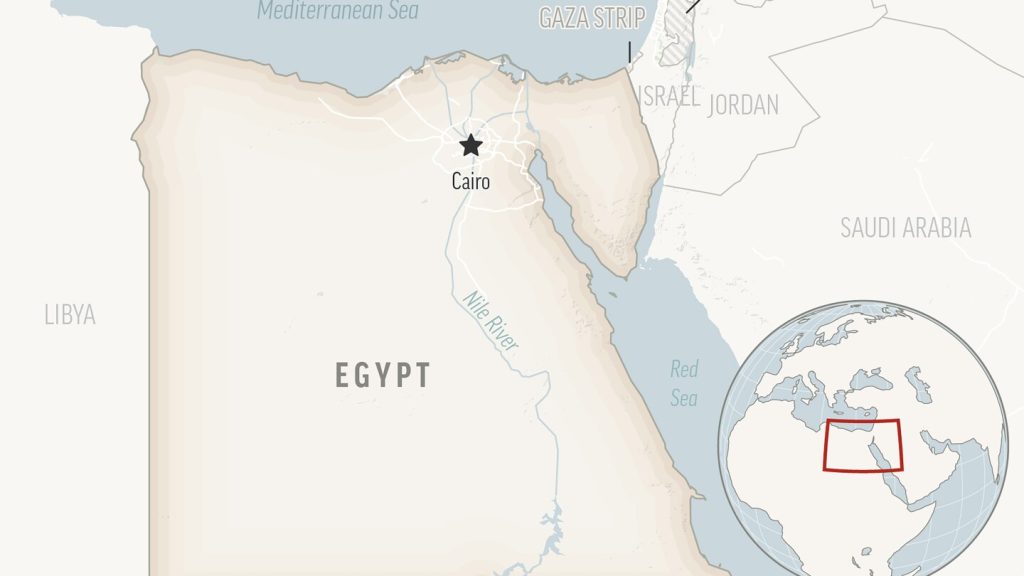The latest incident involving a train crash in Egypt occurred in the city of Borg el Arab, located to the west of Alexandria, where a train on the northern coast collided with traffic, resulting in two fatalities and two injuries. The crash was attributed to a truck being on the tracks when they were supposed to be closed for the passage of a passenger train, according to a statement from the Alexandria governor’s office. The train, traveling from El-Dabaa, was derailed by the collision, highlighting the dangers posed by the country’s aging railway system. Egypt has seen a series of train derailments and crashes in recent years, showcasing the need for improved infrastructure and better management of the railway network.
The Egyptian government has recognized the urgent need to address the challenges facing the country’s railway system and has initiated various projects to upgrade and modernize it. In 2018, President Abdel Fattah el-Sissi announced a plan requiring around 250 billion Egyptian pounds, equivalent to $8.13 billion, to revamp the neglected rail network in Egypt. Despite these efforts, fatal train accidents have continued to occur, with recent incidents claiming the lives of dozens of people. In 2021, a collision between two trains in Tahta resulted in the death of 32 individuals, while a train derailment in Qalyubia province led to the loss of 11 lives later in the same year. These tragedies underscore the ongoing challenges faced by Egypt in ensuring the safety and efficiency of its railway system.
The history of train accidents in Egypt includes the deadliest crash that occurred in 2002, claiming the lives of over 300 people after a fire broke out on an overnight train journey from Cairo to southern Egypt. This tragic event remains one of the most devastating incidents in the country’s railway history, highlighting the critical need for comprehensive reforms and investments in infrastructure. The persistent issues of mismanagement, neglect, and outdated equipment have contributed to the frequent occurrence of train derailments and crashes in Egypt, posing a serious threat to the safety of passengers and railway workers. Addressing these challenges requires a concerted effort from government authorities, transport agencies, and railway operators to implement effective safety measures and modernize the railway network to prevent future accidents.
The recent train crash in Borg el Arab serves as a stark reminder of the urgent need for substantial improvements in Egypt’s railway infrastructure to prevent similar incidents in the future. The collision, caused by a truck obstructing the train tracks, underscores the importance of ensuring proper maintenance, monitoring, and enforcement of safety regulations to protect the lives of passengers and minimize the risk of accidents. As Egypt seeks to enhance its transportation network and promote economic development, investing in the modernization of the railway system is crucial to improving connectivity, reducing travel times, and enhancing overall safety standards. By addressing the root causes of train accidents and implementing sustainable solutions, Egypt can pave the way for a safer and more efficient railway network that benefits both passengers and the economy.
The government of Egypt must prioritize the modernization and expansion of its railway infrastructure to address the systemic issues that have contributed to the persistent occurrence of train accidents. By allocating resources, implementing stricter safety protocols, and investing in new technologies, Egypt can mitigate the risks associated with its aging railway system and improve the overall quality of transportation services. Additionally, enhancing training programs for railway staff, conducting regular maintenance checks, and upgrading signaling systems are essential steps to prevent derailments and collisions on the tracks. Collaborating with international partners and experts in railway management can also provide valuable insights and best practices to guide Egypt’s efforts in transforming its railway network into a safer and more reliable mode of transportation for its citizens.


